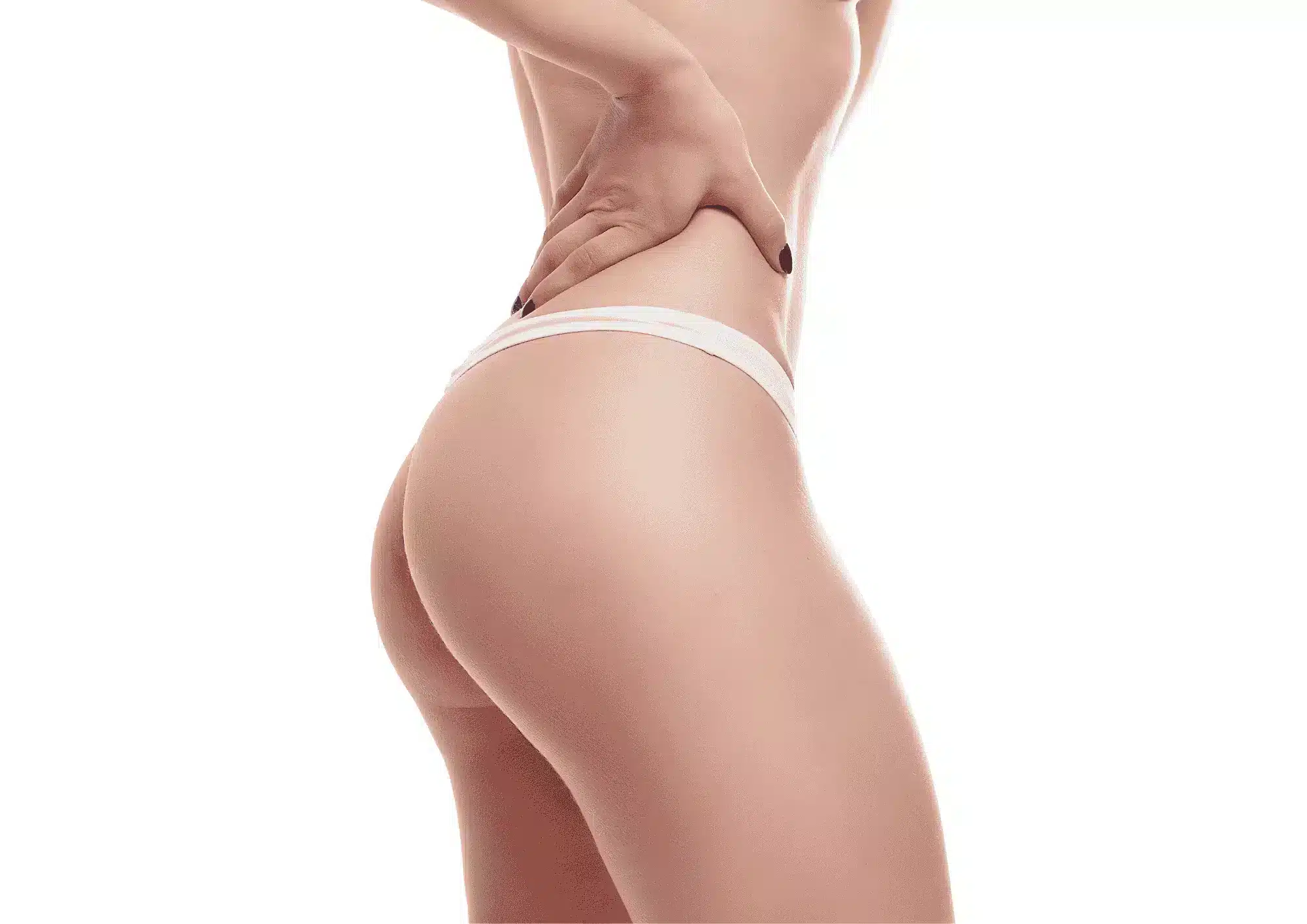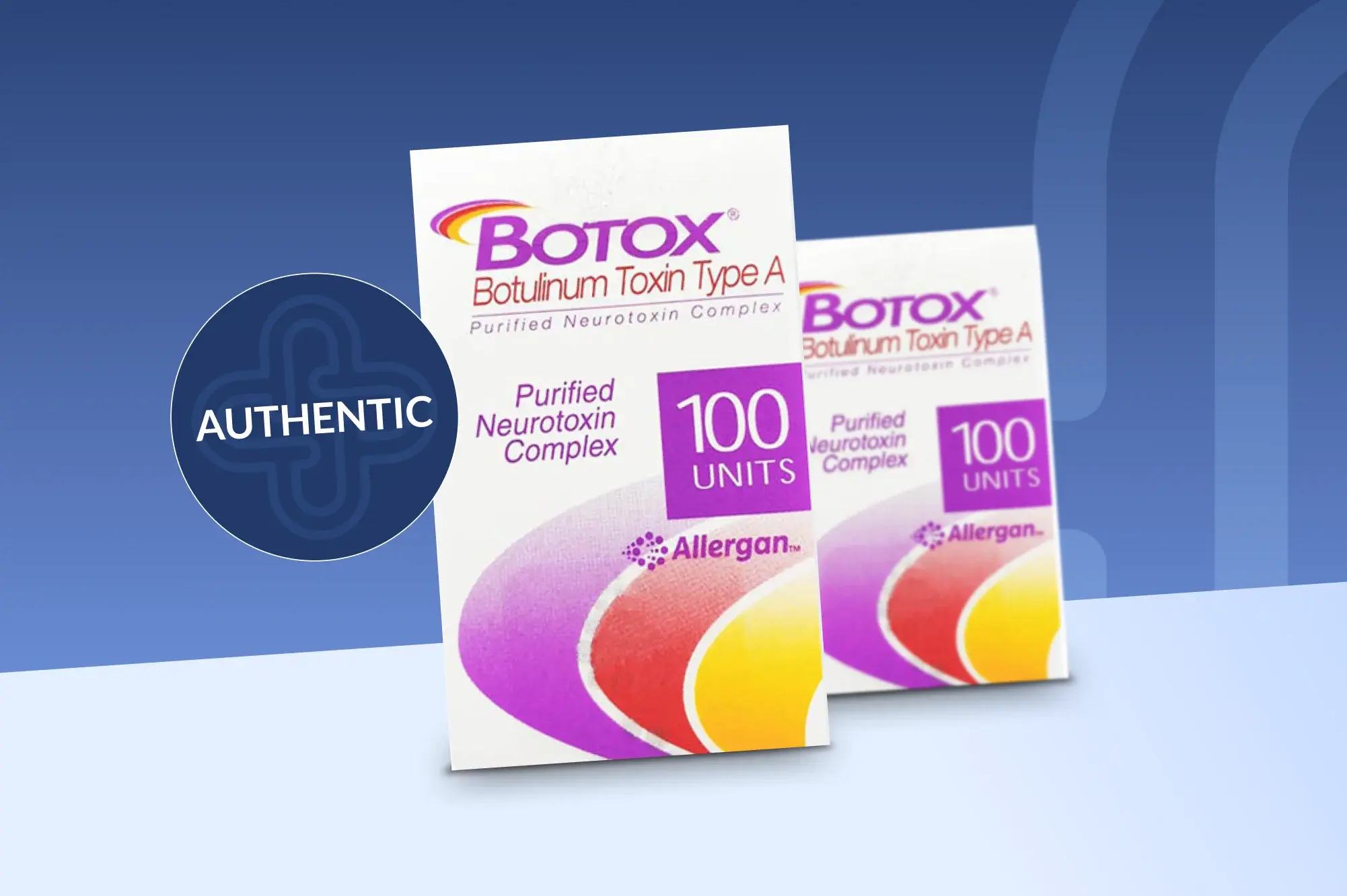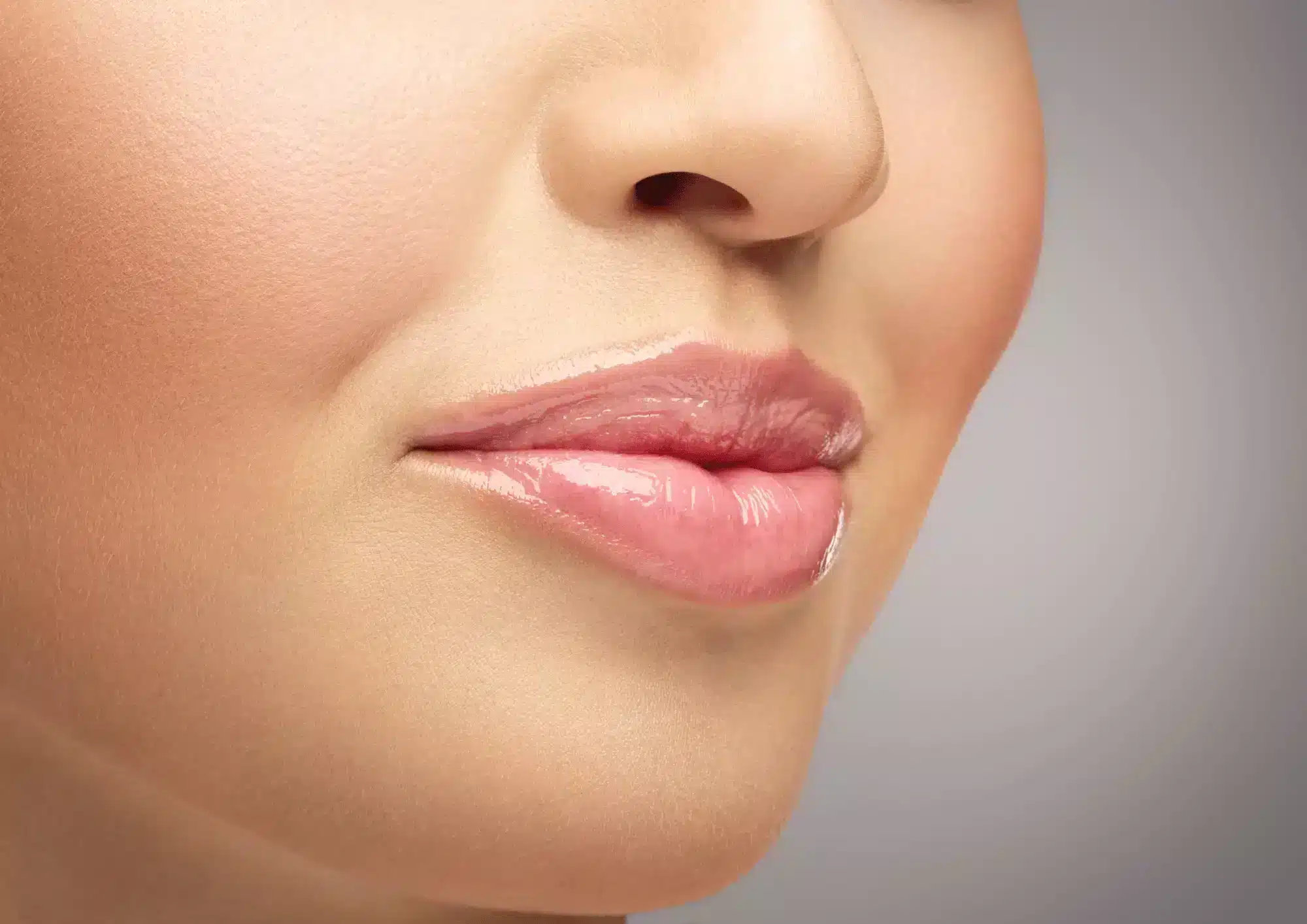As the latest trend in cosmetic injectables, there is now significant demand in the use of Sculptra dermal fillers for nonsurgical butt lifts. Cosmetic contouring of the buttocks is usually performed for enhancement purposes, or in some cases, to correct post-surgical irregularities. Previously, the only options for contouring the buttocks were surgical, with patients receiving butt implants or Brazilian Butt Lifts (fat grafting procedures whereby fat cells are harvested and injected into the buttocks). Now, Sculptra provides patients with an alternative option. Generally, good candidates for this treatment include those with a low body mass index (and thus have no source of autologous fat for a Brazilian Butt Lift), or who do not wish to get silicone implants.
What is Sculptra?
Sculptra is a semi-permanent injectable filler made of poly-L-lactic acid with volumizing and collagen-boosting properties. It is a preparation consisting of microparticles of poly-L-lactic acid with sodium carboxymethylcellulose, which acts as a suspending agent upon reconstitution. Initially indicated for addressing severe facial lipoatrophy in patients with HIV, clinical use of this product has since expanded to facial rejuvenation for cosmetic reasons, and its use in non-facial areas has been studied with increasing interest.
How does a Sculptra butt lift work?
Poly-L-lactic acid is a synthetic polymer of lactic acid and is a member of the alpha hydroxy acid family. Lactic acid polymers such as this 1 have long been used in medical products, including surgical pins, resorbable staples, and screws. Sculptra provides soft tissue augmentation by inducing a foreign body cell reaction that occurs several weeks to months after implantation. Moreover, Sculptra stimulates collagen production, causing increased volume and improved skin structure. The mechanism by which Sculptra increases tissue volume is important to note: unlike hyaluronic acid dermal fillers, the results are not immediate. Rather, the effects slowly and gradually appear as collagen is replaced in the body.
Sculptra butt lift procedure
There are technical aspects specific to Sculptra that must be considered prior to treatment. Sculptra is supplied as a freeze-dried powder in vials and must be reconstituted prior to injection. Reconstituting Sculptra is particularly important in light of reports of undesired events, like nodule formation, when Sculptra was not reconstituted in the recommended manner. To minimize the risk of subcutaneous nodules, Lam et al. recommends the following modifications to the manufacturer’s instructions: an amount of diluent more copious than recommended by the manufacturer (5–10ml per vial as opposed to the recommended diluent volume of 5ml as directed by Galderma); allowing a minimum of 12 hours to pass between reconstitution and treatment for complete reconstitution of the product; the addition of local anesthetic (such as 1% lidocaine); and, perhaps most importantly, to inject Sculptra into the subcutaneous plane rather than the recommended intradermal layer. The other important technical issue to consider is the injection technique. Unlike other dermal fillers, a tunneling technique is recommended for the administration of Sculptra, where a thin trail of filler is placed by retrograde injection while withdrawing the needle.
The recommended dose of Sculptra for gluteal augmentation is 12ml (5ml sterile water for injection, 7ml lidocaine HCL 1%, and 367.5mg of Sculptra), which is equivalent to one vial per buttock. Use a tunneling technique to administer the filler into the subcutaneous layer with a 1.5”, 25-gauge needle or cannula. The tunneling technique entails stretching the skin taut opposite to the direction of the injection, then inserting the needle to the skin (beveled edge facing up) at a 30–40° angle until the deep dermal subcutaneous plane is reached. At this point, the needle angle should be lowered and then advanced along this same level. After treatment, the patient should be given specific post-treatment care instructions, including to massage the treated area for five minutes, five times per day for five days after the injection session, to apply ice to the treatment area to minimize swelling, and to avoid excessive sun and UV lamp exposure until swelling and redness have diminished. The patient should then be reevaluated at six weeks post-treatment to assess the need for further treatment. Typically, a few (three to four) sessions will be necessary to achieve the desired effect.
The final results of treatment with Sculptra are not as obvious as the effects provided by surgical options. Usually, patients will see a subtle enhancement in contour and shape, rather than a completely different look. This makes this treatment ideal for patients looking for natural and reversible results. As with any other cosmetic procedure, it is important that each patient be evaluated individually. With minimal downtime and a lower risk of complications when compared to its surgical alternatives, it is little wonder that this versatile filler is becoming a mainstay in the realm of body contouring.








